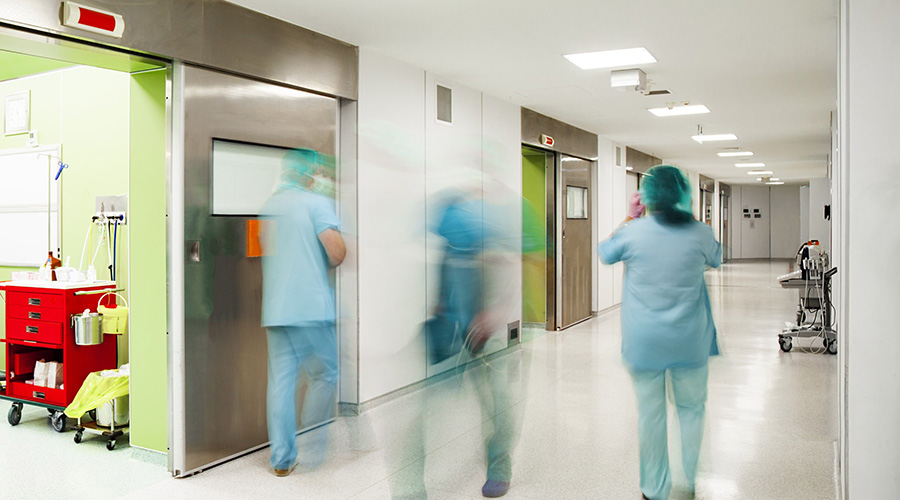The big draw for installing lighting controls — whether in a new construction project or renovation of an existing space — is energy savings. But what other benefits can facility managers achieve with this product, especially in hospitals and other healthcare facilities?
Healthcare Facilities Today set out to answer this question through a roundtable with industry product manufacturers.
What are the major benefits hospitals can achieve with lighting controls?
Patient well-being and comfort is always the number one priority in hospitals. That said, the ability to drive additional energy efficiency remains a key priority. Typical energy savings strategies, such as occupancy sensing, daylight harvesting, and scheduled lighting setback, all drive at least 30 to 50-plus percent energy savings on top of any transitions to energy efficient LED lighting. The ability to dim light fixtures in common spaces at night or automatically turn off the lights when a room is vacant drives significant energy savings and can make a big impact on energy efficiency.
— Steve Roe, Vice President of Indoor Controls, Acuity Brands Lighting
Hospital design is moving away from “sterile” patient environments to more comfortable, residential-like spaces that enhance patient care. Lighting control can be a powerful tool for the patient, staff, and operations teams. Advanced technologies such as tunable white lighting that mimics natural daylight, lighting with full-spectrum color capabilities, and personal control solutions offer capabilities that far surpass traditional lighting options.
For patients dealing with so much that is out of their control, personal, bedside control of lighting and shade levels gives them the power to affect their own comfort. Clinical staff are already stretched, and intuitive scene controls make it easy to touch a single button and set the perfect lighting for patient exams, emergency procedures, nighttime rounds, or any other situation. And from an operational point of view, smart lighting control systems can help simplify space management, reduce energy waste, and support sustainability goals.
— Matt Ochs, Sr. Director, Commercial Business, Lutron Electronics
When is the ideal time to incorporate lighting controls? Why is this the best time?
Lighting impacts every aspect of the built environment, so you want to be thinking about lighting control from the very beginning of any project. This is the best way to ensure lighting control is budgeted correctly, the selected system meets the specific needs of each space, and you have maximized the opportunity to put the right control in the right space.
Lighting control can provide advanced capabilities to help streamline care. For example, in a patient room lighting controls can allow the medical staff to adjust lighting for a thorough patient exam while temporarily locking out access from the bedside control. But advanced capabilities like these require early, upfront conversations between the patient care team, design team, and lighting manufacturers to make sure the right equipment, sequence of operations, and programming is specified.
— Matt Ochs, Sr. Director, Commercial Business, Lutron Electronics

 Making the Energy Efficiency Case to the C-Suite
Making the Energy Efficiency Case to the C-Suite How to Avoid HAIs This Flu Season
How to Avoid HAIs This Flu Season Design Phase Set to Begin for Hospital Annex at SUNY Upstate Medical
Design Phase Set to Begin for Hospital Annex at SUNY Upstate Medical Building Hospital Resilience in an Era of Extreme Weather
Building Hospital Resilience in an Era of Extreme Weather Ennoble Care Falls Victim to Data Breach
Ennoble Care Falls Victim to Data Breach